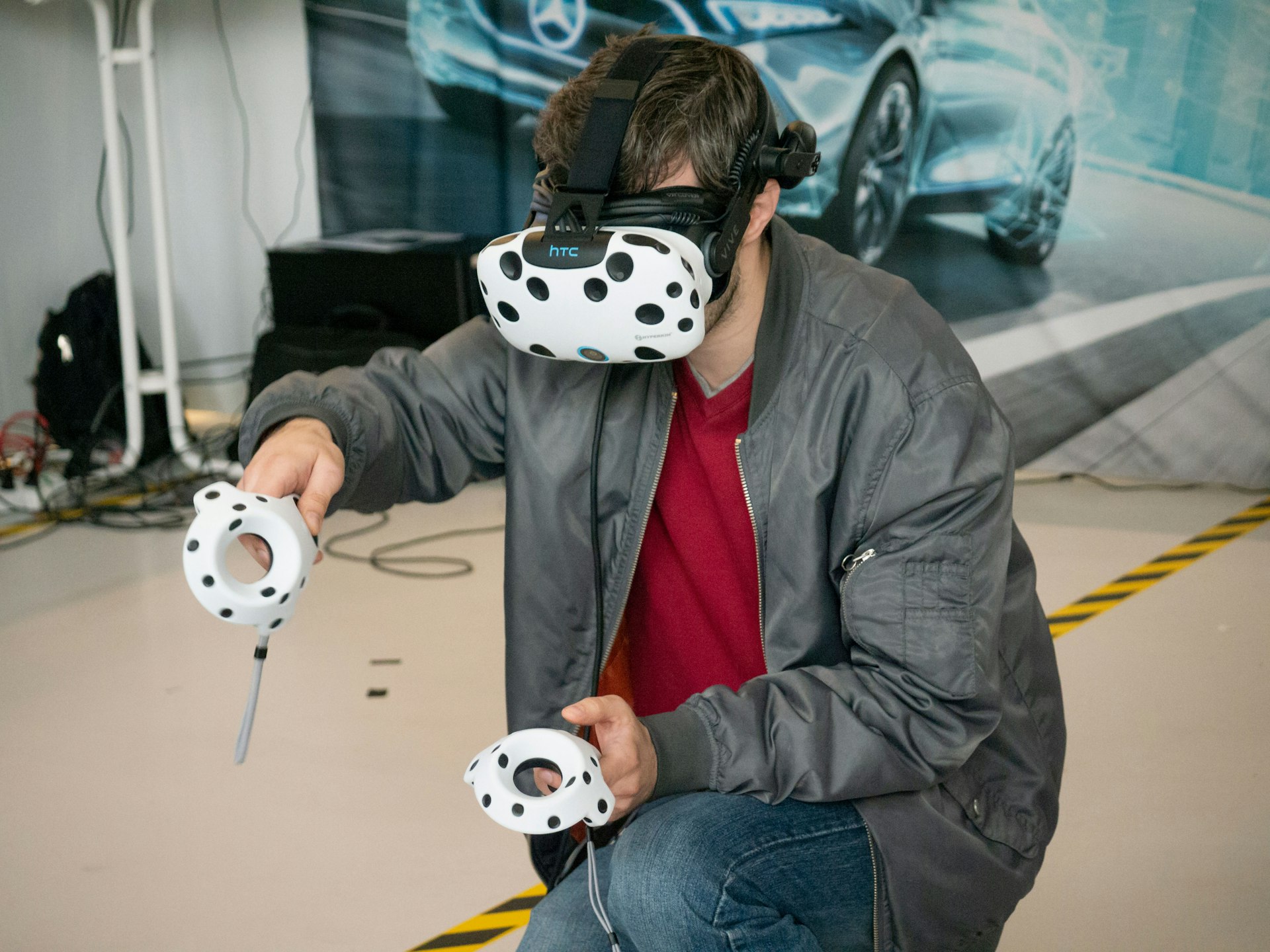How to Master 3D Animation in 2025: Tools, Trends, and Tips
In the ever-evolving world of digital art, 3D animation stands out as a powerful medium for storytelling, marketing, and entertainment. As we step into 2025, mastering 3D animation requires not only creativity but also an understanding of the latest tools and trends. In this blog post, we’ll explore essential tools, emerging trends, and practical tips to help you become a 3D animation expert.
Understanding the Importance of 3D Animation
3D animation is more than just a visual spectacle; it’s a crucial component in various industries, including film, gaming, advertising, and virtual reality. With the rise of immersive experiences and interactive content, the demand for skilled 3D animators is at an all-time high. By mastering 3D animation, you can enhance your career prospects and bring your creative visions to life.
Essential Tools for 3D Animation in 2025
To excel in 3D animation, you need to be familiar with the latest software and tools. Here are some of the top tools that will dominate the industry in 2025:
1. Blender
Blender continues to be a favorite among 3D artists due to its powerful features and open-source nature. With regular updates and a vibrant community, Blender offers a comprehensive suite for modeling, rigging, animation, and rendering. Its user-friendly interface makes it accessible for beginners while providing advanced capabilities for professionals.
2. Autodesk Maya
Autodesk Maya remains a staple in the industry, especially for character animation and visual effects. Its robust toolset allows for detailed modeling, texturing, and animation, making it ideal for film and game development. In 2025, expect to see enhanced AI-driven features that streamline the animation process.
3. Cinema 4D
For motion graphics and visual effects, Cinema 4D is a top choice. Its intuitive interface and powerful rendering capabilities make it perfect for creating stunning animations quickly. The integration with Adobe After Effects also allows for seamless workflows in post-production.
4. Unreal Engine
As real-time rendering becomes more prevalent, Unreal Engine is leading the charge. This game engine is not just for game development; it’s also used for creating immersive experiences in architecture, film, and virtual reality. Learning Unreal Engine will give you a competitive edge in the 3D animation landscape.
Emerging Trends in 3D Animation
Staying updated with the latest trends is crucial for any animator. Here are some key trends to watch in 2025:
1. Virtual Reality (VR) and Augmented Reality (AR)
The integration of VR and AR in 3D animation is transforming how audiences experience content. Animators are now creating interactive environments that allow users to engage with the story. Familiarizing yourself with VR and AR tools will be essential for future projects.
2. AI-Powered Animation
Artificial intelligence is revolutionizing the animation process. AI tools can automate repetitive tasks, enhance character movements, and even generate realistic animations based on user input. Embracing AI technology will not only save time but also improve the quality of your work.
3. Real-Time Rendering
Real-time rendering is becoming the norm, especially in gaming and interactive media. This trend allows for immediate feedback and adjustments, making the animation process more efficient. Learning how to optimize your animations for real-time rendering will be a valuable skill.
Tips for Mastering 3D Animation
Here are some practical tips to help you on your journey to mastering 3D animation:
1. Practice Regularly
Like any skill, practice is key. Set aside time each week to work on personal projects, experiment with new techniques, and refine your skills. The more you create, the more you’ll learn.
2. Study the Fundamentals
Understanding the principles of animation, such as timing, spacing, and weight, is crucial. Study classic animation techniques and apply them to your 3D work. Resources like “The Animator’s Survival Kit” can provide valuable insights.
3. Join Online Communities
Engaging with other animators can provide support, feedback, and inspiration. Join online forums, social media groups, and attend virtual meetups to connect with fellow artists and share your work.
4. Keep Learning
The world of 3D animation is constantly changing. Stay updated with the latest tutorials, courses, and industry news. Platforms like Udemy, Coursera, and YouTube offer a wealth of resources to help you expand your knowledge.
5. Build a Portfolio
As you develop your skills, create a portfolio showcasing your best work. A strong portfolio is essential for attracting clients and job opportunities. Include a variety of projects that highlight your versatility and creativity.
Conclusion
Mastering 3D animation in 2025 requires a combination of the right tools, an understanding of emerging trends, and a commitment to continuous learning. By leveraging the latest software, staying informed about industry developments, and honing your skills, you can position yourself as a sought-after 3D animator. Embrace the journey, and let your creativity shine in the world of 3D animation!
---
By following these guidelines and incorporating SEO best practices, this blog post is designed to attract readers interested in mastering 3D animation in 2025. Remember to use relevant keywords throughout your content, optimize your images, and promote your post on social media to maximize visibility. Happy animating!